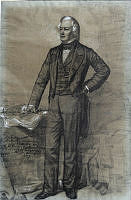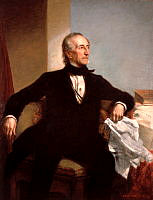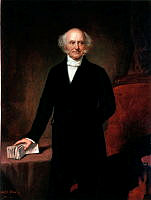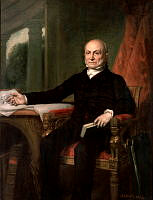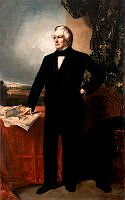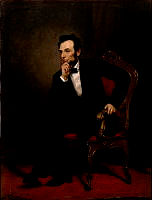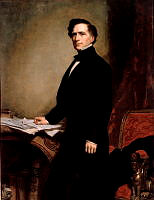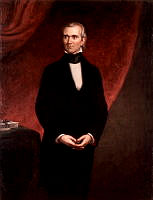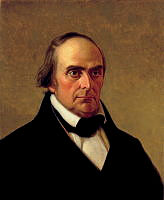Alexander Baring, First Baron Ashburton, Blair House Collection
This is a portrait of Alexander Baring, the First Baron of Ashburton, completed by G. P. A. Healy, better known as George Peter Healy, in 1842. Baring met with Secretary of State Daniel Webster in 1842 to negotiate a treaty concerning the northeastern boundary between the United States and Canada. After Healy painted a portrait of Webster, he convinced Baring to sit for this portrait.
This portrait is a part of the Blair House Collection. Blair House is located across Pennsylvania Avenue from the White House and has been used as the president's guest house since the Franklin D. Roosevelt administration.
